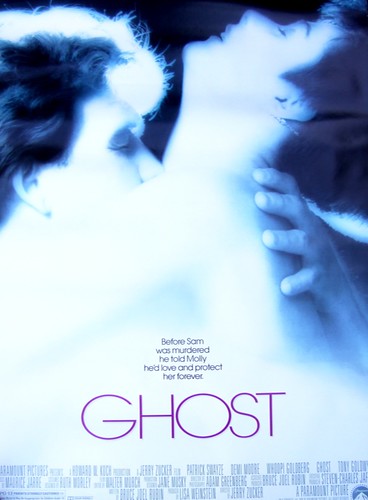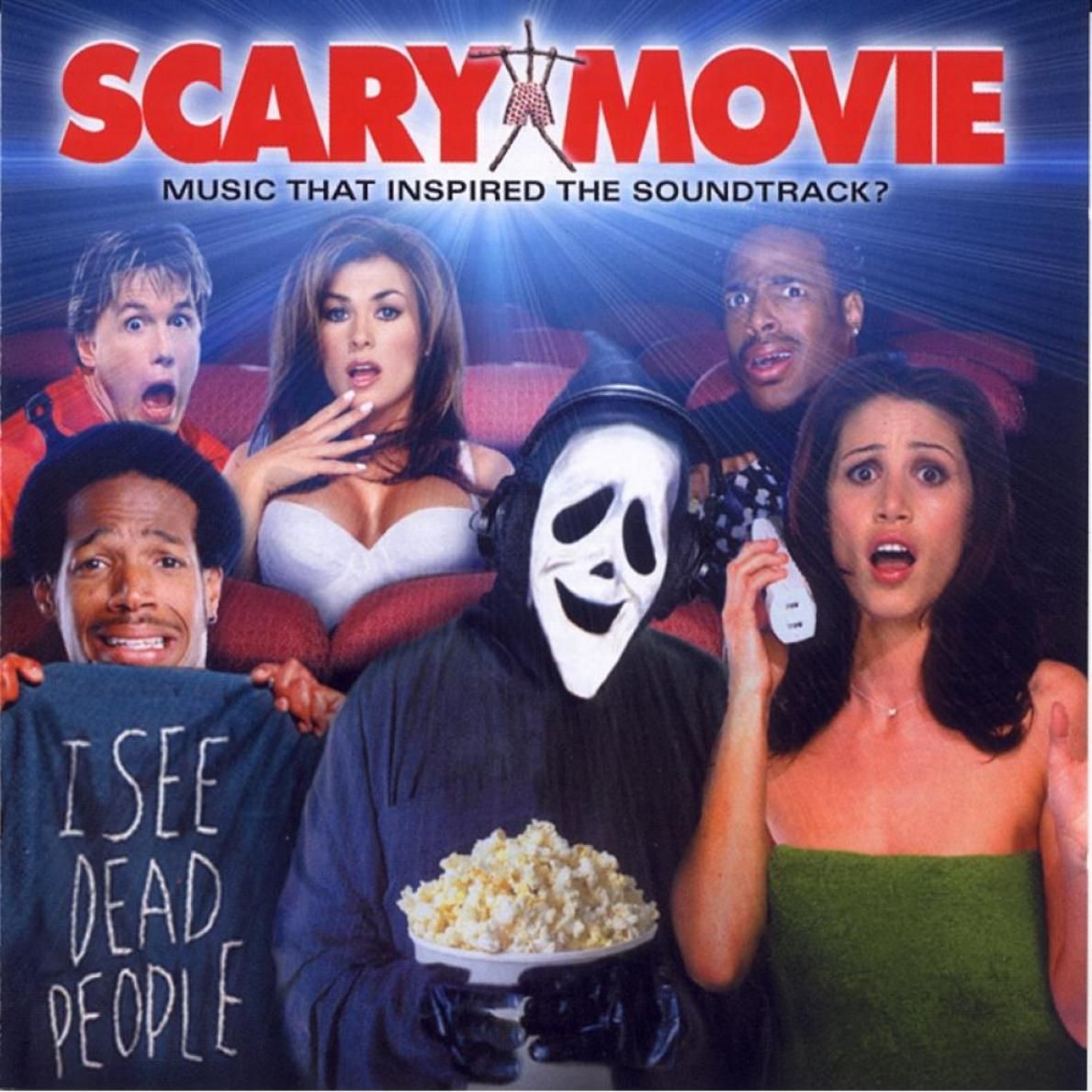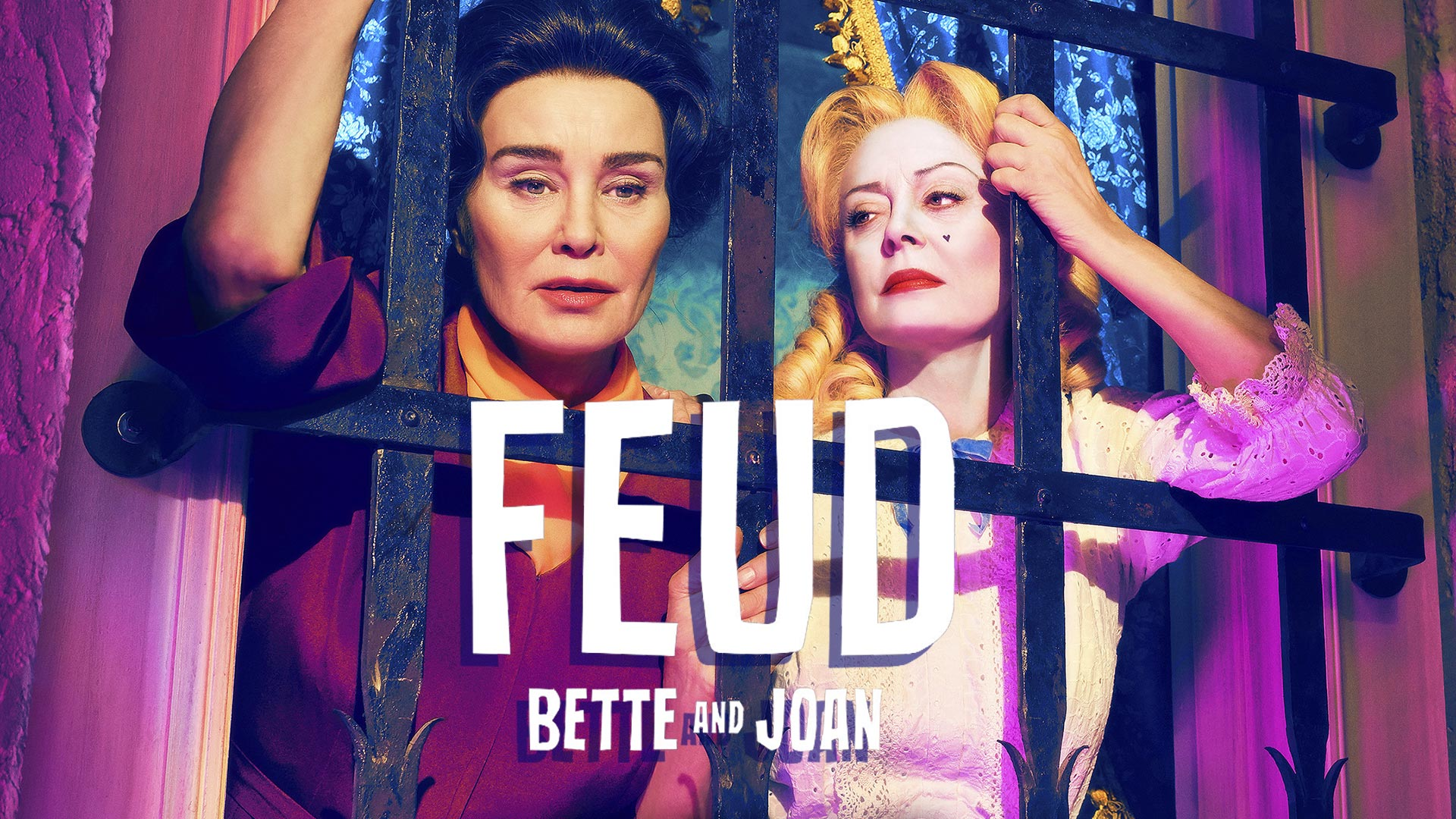
The human fascination with conflict, particularly when played out on a grand, public stage by larger-than-life figures, is an ancient one. From epic tales of mythological heroes to the daily dramas unfolding in the lives of contemporary celebrities, there is an undeniable allure to observing clashes of ego, ambition, and personality. Hollywood, a realm synonymous with dramatic narratives, has long been a fertile ground for such rivalries, many of which transcend mere gossip to become indelible parts of cultural history. These are the stories that captivate us, offering a glimpse behind the gilded curtain into the raw, often brutal, realities of fame.
These narratives of conflict, whether simmering in the shadows or exploding into public view, often reveal deeper truths about the industries and societies that cultivate them. They speak to power dynamics, gender disparities, the relentless march of time, and the personal cost of public life. While some feuds are legendary for their ferocity and impact, others are cunningly manufactured, designed not for dramatic storytelling but for deceptive gain. It is within this spectrum, from genuine, documented rivalries to meticulously crafted hoaxes, that we seek to understand the enduring appeal and complex mechanics of the celebrity feud.
In this exploration, we delve into the sophisticated portrayal of documented rivalries through acclaimed television productions, examining how these narratives are constructed and received. Simultaneously, we pivot to investigate the insidious nature of fabricated disputes, particularly one involving a beloved host of a popular comedy show, revealing the hidden agendas and digital machinations that fuel these modern-day fables. It’s a journey through the annals of celebrity conflict, where truth can be stranger than fiction, and fiction can be dangerously convincing.

1. **The Enduring Fascination with Celebrity Rivalries: A Narrative Foundation**The allure of celebrity rivalries is a phenomenon that has transcended generations, drawing audiences into the high-stakes world of fame and ambition. This profound interest stems from a cocktail of voyeurism, schadenfreude, and a genuine curiosity about the private lives of public figures. The FX anthology drama television series, ‘Feud,’ masterfully tapped into this enduring fascination, becoming a critically acclaimed vehicle for exploring some of Hollywood’s most notorious and well-documented conflicts. Conceived by Ryan Murphy, Jaffe Cohen, and Michael Zam, the series was designed to unravel the intricate layers of these public battles, offering viewers a sophisticated, narrative-driven look at the forces that ignite and sustain them.
From its premiere, ‘Feud’ established itself as more than just a recounting of famous spats; it aimed to be a profound cultural commentary. The anthology format allowed for an in-depth examination of different historical rivalries, each revealing unique insights into the pressures and expectations placed upon individuals in the public eye. The series’ approach was characterized by a strong narrative arc, often unfolding like a captivating story with a clear beginning, middle, and end, ensuring that viewers were not merely presented with facts but drawn into a dramatic, psychologically rich experience.
The show’s success in capturing the essence of these conflicts lies in its meticulous research and its commitment to storytelling. It builds suspense and dramatic tension, allowing audiences to feel the weight of these historical battles. This narrative-driven approach, coupled with a focus on psychological depth and character analysis, positions ‘Feud’ as a benchmark in understanding why these celebrity rivalries continue to resonate with us, long after the curtain has fallen on the original events.

2. **Bette Davis and Joan Crawford: The Quintessential Hollywood Battle**The inaugural season of ‘Feud,’ subtitled ‘Bette and Joan,’ brought to vivid life one of Hollywood’s most legendary and venomous rivalries: that between actresses Joan Crawford and Bette Davis. This eight-episode chronicle meticulously detailed their backstage battle during and after the production of their psychological horror thriller film ‘What Ever Happened to Baby Jane?’ in 1962. The decision to begin the anthology with this particular feud underscored its iconic status, portraying a clash of titans whose animosity became as famous as their film careers.
Jessica Lange and Susan Sarandon, starring as Crawford and Davis respectively, delivered critically acclaimed performances that brought psychological depth to their roles. Their portrayals, lauded for their nuanced understanding of humanity, sorrow, and pain, breathed new life into a story that had long been a staple of Hollywood lore. The series delved into the intricacies of their professional and personal lives, revealing how their deep-seated resentment permeated every aspect of their collaboration on ‘Baby Jane,’ a film that paradoxically became a huge hit.
The drama unfolded with a keen eye for detail, showcasing pivotal moments like Joan’s acute narcissism and Bette’s strong opinions quickly putting them at odds during filming. It explored the raw emotions of fear and jealousy, particularly Joan’s apprehension of not receiving an Oscar nomination while Bette’s performance garnered critical acclaim. The narrative culminated dramatically at the 1963 Academy Awards ceremony, where Joan, dressed like a “silver Oscar,” accepted the Best Actress award on behalf of Anne Bancroft, in a shocking moment that left Olivia de Havilland “shocked” and Bette “crushed” watching, further cementing the intensity of their rivalry in cinematic history.

3. **The Studio System’s Cunning Hand: Orchestrating Animosity**Beyond the personal animosity between Davis and Crawford, ‘Feud: Bette and Joan’ brilliantly illuminated the manipulative role played by the studio system in fueling and exploiting such rivalries. The series suggested that the architects of Hollywood actively encouraged and amplified the discord between these powerful women, not merely as a byproduct of their personalities but as a calculated strategy. As Sarandon noted, “In our story, it was a fact that [the people behind Baby Jane] encouraged the animosity [between Crawford and Davis], first of all to control them, second of all to make what they thought was more onscreen tension, and that really hasn’t changed a lot.”
This deliberate orchestration served multiple purposes. Firstly, it allowed male producers and directors to maintain control over two formidable actresses who might otherwise have challenged their authority. By keeping them at odds, the studio could prevent a united front that might demand more creative control or better working conditions. Secondly, the generated tension was seen as a valuable marketing tool, capable of creating hype around their projects and translating into box office success, a strategy that the series suggested remains relevant in the entertainment industry today.
The series meticulously depicted instances of this manipulation, from Jack L. Warner coming on board ‘What Ever Happened to Baby Jane?’ despite his hatred for both women, to Jack enlisting director Robert Aldrich to write and direct a new film in the successful “Hagsploitation” genre. The narrative showed how Aldrich, in turn, lured Joan with the promise of top billing and Bette with the offer of creative control, playing them against each other to achieve his own cinematic goals. This insightful portrayal revealed the systemic nature of the feud, demonstrating how personal conflicts were often entangled with the cold, hard calculus of show business.

4. **Ageism and Misogyny: The Deeper Layers of the “Bette and Joan” Saga**’Feud: Bette and Joan’ transcended a mere recounting of a celebrity spat to offer profound cultural commentary, critiquing the pervasive issues of ism, ageism, and misogyny prevalent in Hollywood. The series explored how the brutal Hollywood system treated some of its greatest talents, particularly women as they aged. It highlighted the systemic challenges faced by actresses, who, despite their immense talent and star power, often found their careers curtailed once they passed a certain age, contrasting sharply with their male counterparts.
Emily Nussbaum, in The New Yorker, praised the series, stating that “Beneath the zingers and the poolside muumuus, the show’s stark theme is how skillfully patriarchy screws with women’s heads—mostly by building a home in there.” This observation perfectly encapsulates the show’s deeper message: that the personal animosity between Crawford and Davis was, in many ways, a tragic outcome of a system designed to pit women against each other, particularly when they were perceived as losing their youth and therefore their commercial viability. Their rivalry became a symptom of a larger, more insidious problem within the industry.
Jessica Lange, reflecting on her portrayal of Joan Crawford, articulated her view that Crawford’s “brutal childhood” was masked by the “beautiful, impenetrable veneer of this great, gorgeous movie star.” This internal struggle, coupled with the external pressures of a misogynistic industry, contributed to her public persona and her interactions with others. The series demonstrated how these women were not just rivals but also victims of a system that exploited their vulnerabilities, creating an environment where collaborating and delighting in the fall of the mighty was “eternally marketable,” as Melanie McFarland of Salon observed.
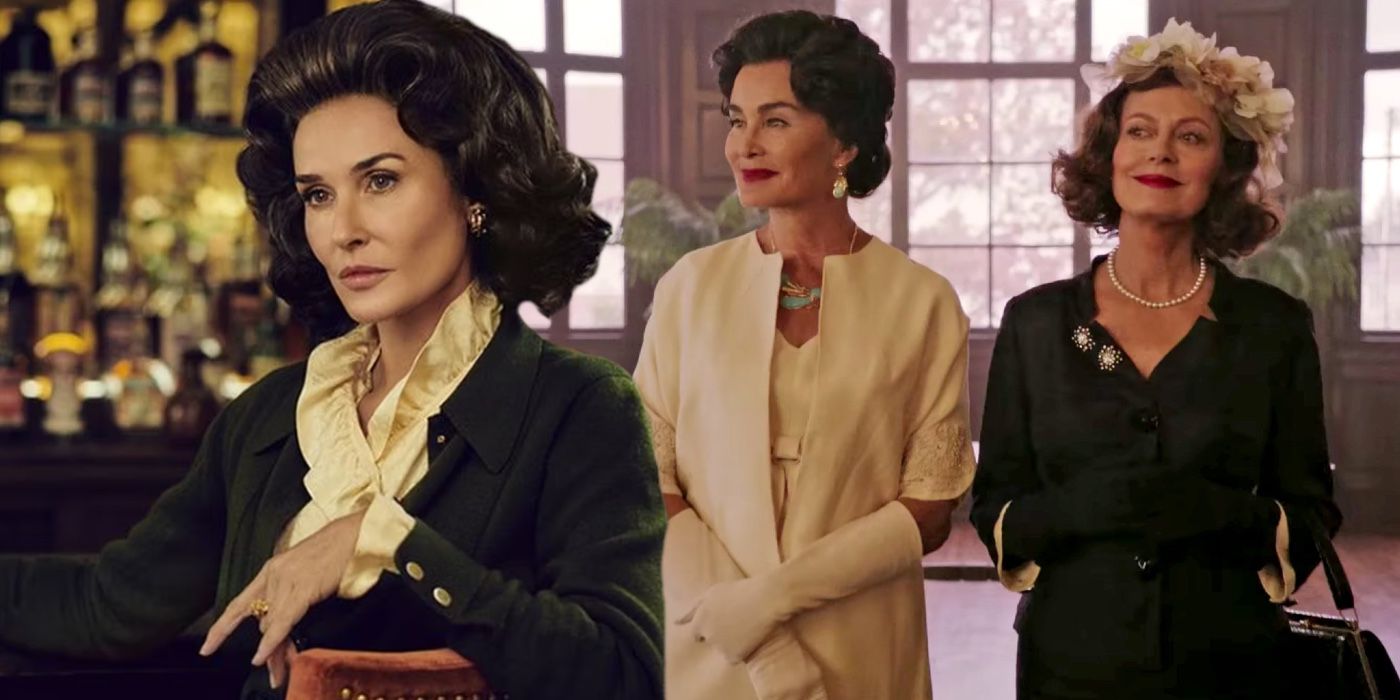
5. **Truman Capote’s Betrayal: The Fall of “The Swans”**The anthology series extended its narrative scope in its second season, ‘Feud: Capote vs. The Swans,’ shifting focus from Hollywood’s golden age to the glamorous, yet equally treacherous, world of New York high society. This season explored the dramatic fallout of a roman à clef story written by author Truman Capote, based on the lives of several New York socialites affectionately nicknamed “The Swans.” The premise of this new conflict was a testament to the diverse forms that feuds can take, moving beyond professional rivalry to a deeply personal betrayal among friends.
The season centered on the end of Truman Capote’s friendships with these influential women when he lightly fictionalized their lives in published excerpts from his ultimately unfinished novel ‘Answered Prayers.’ This act of literary indiscretion, a perceived violation of trust and privacy, ignited a firestorm within Capote’s elite social circle. Naomi Watts starred as Babe Paley, a socialite and magazine editor, as well as Capote’s best friend, whose life was particularly affected by his revelations.
Other notable cast members like Diane Lane as Slim Keith, Chloë Sevigny as C. Z. Guest, and Calista Flockhart as Lee Radziwill portrayed the various “swans” whose lives were laid bare by Capote’s pen. The series delved into the motivations, complexities, and public-private personas of these individuals, offering a sophisticated critique of societal trends and power dynamics within the cultural landscape of the time. It was a story of friendship, trust, and the devastating consequences when an artist chooses to expose the intimate secrets of those closest to him for the sake of his craft, leading to profound and long-lasting social ostracization.
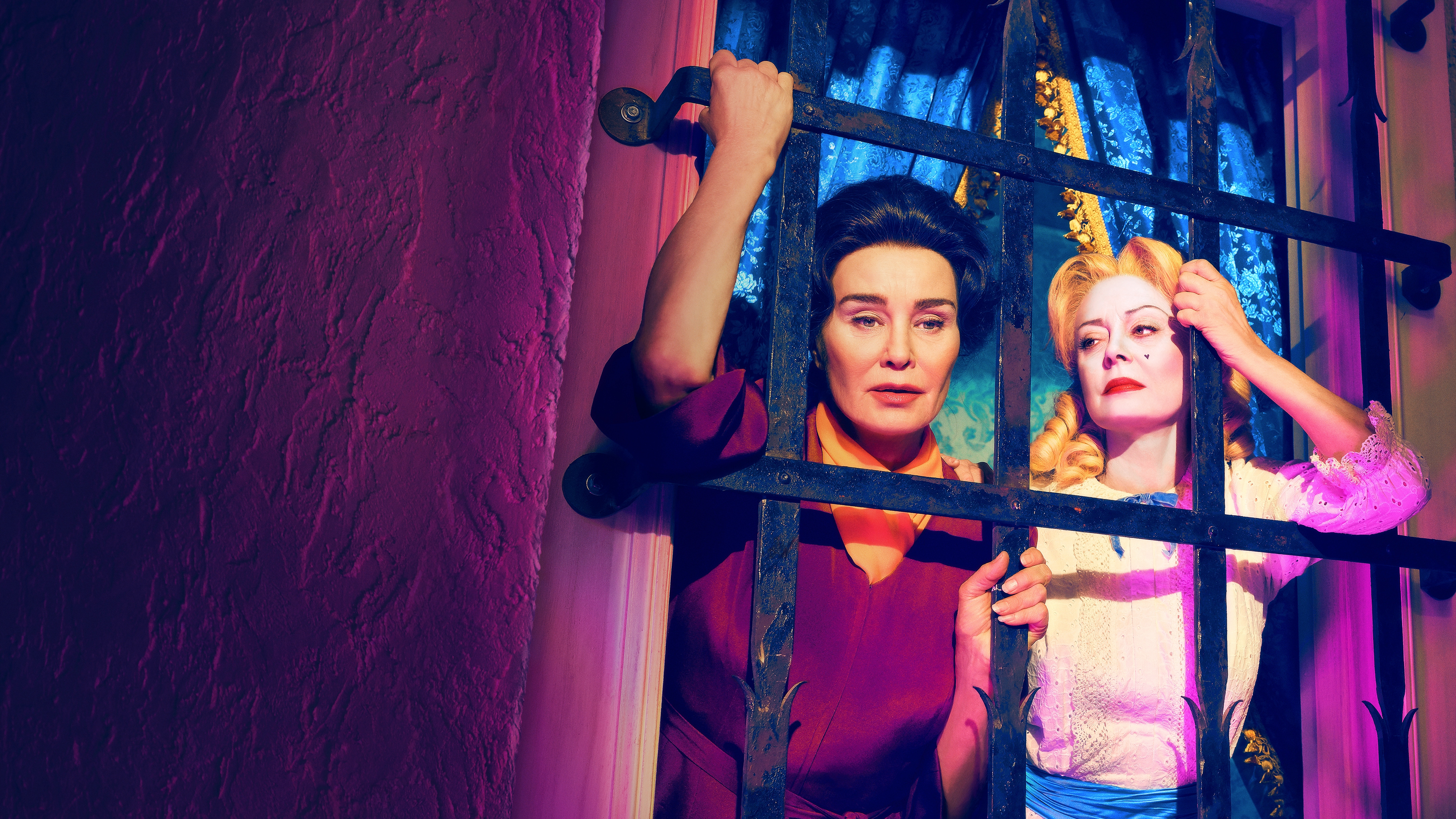
6. **When Portrayal Sparks Real Conflict: Olivia de Havilland’s Lawsuit**The act of dramatizing historical events and real-life figures, especially those as iconic as the subjects of ‘Feud,’ is not without its own real-world ramifications. A significant conflict arose directly from the first season’s portrayal, involving Academy Award–winning actress Olivia de Havilland. On June 30, 2017, just a day before her 101st birthday, de Havilland filed a lawsuit against ‘Feud: Bette and Joan,’ alleging inaccurate portrayal and the unauthorized use of her likeness.
The core of de Havilland’s legal challenge was her contention that the pseudo-documentary style of the series led viewers to believe that statements made by the actress portraying her were accurate, despite de Havilland asserting she had not said such things in real life. This raised critical questions about artistic license versus factual accuracy in historical dramas, particularly when dealing with living individuals. The lawsuit underscored the delicate balance that creators must strike between entertaining narrative and historical fidelity.
While the lawsuit was initially denied dismissal by the trial court, the California Court of Appeal, Second District, later reversed the decision, ordering the lawsuit dismissed. Their ruling was grounded on the principle that no person can “own history,” and further entitled the defendants to be reimbursed their attorneys’ fees. Although de Havilland pursued action with higher courts, securing a temporary restraining order, the United States Supreme Court ultimately declined to hear the case in January 2019, bringing an end to this real-life legal battle spurred by the depiction of a historical feud.

